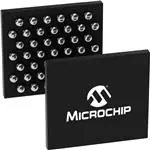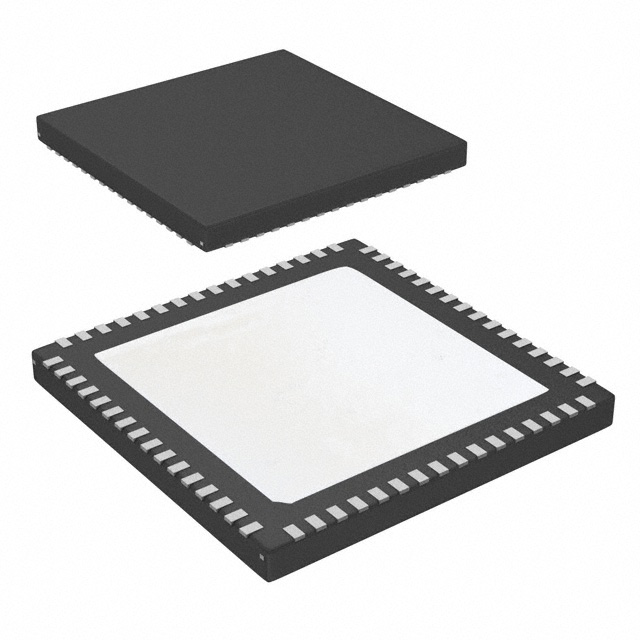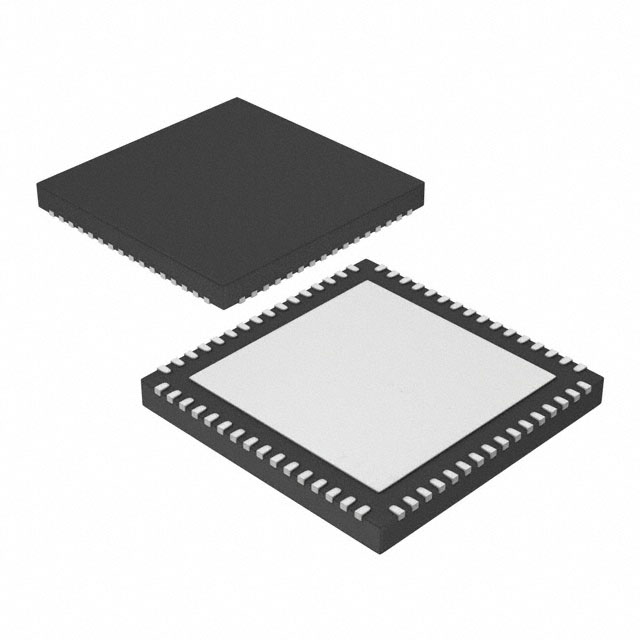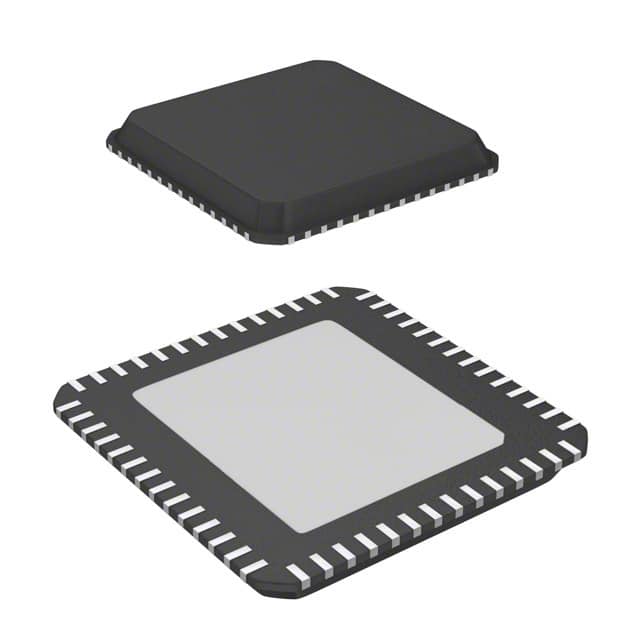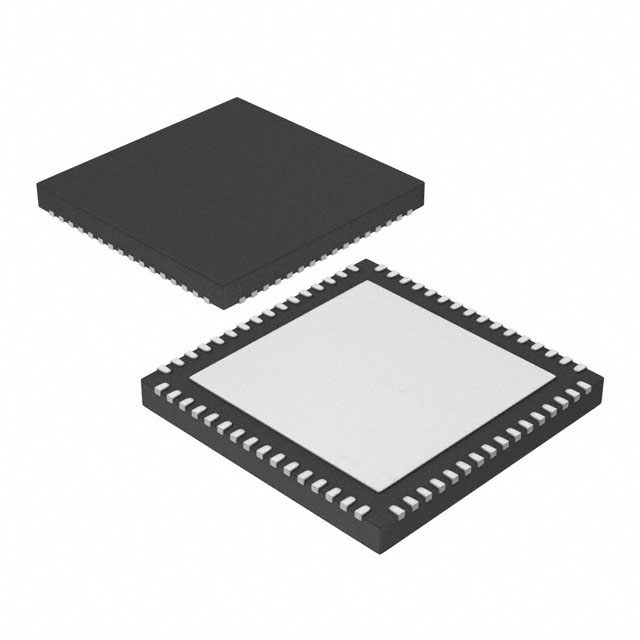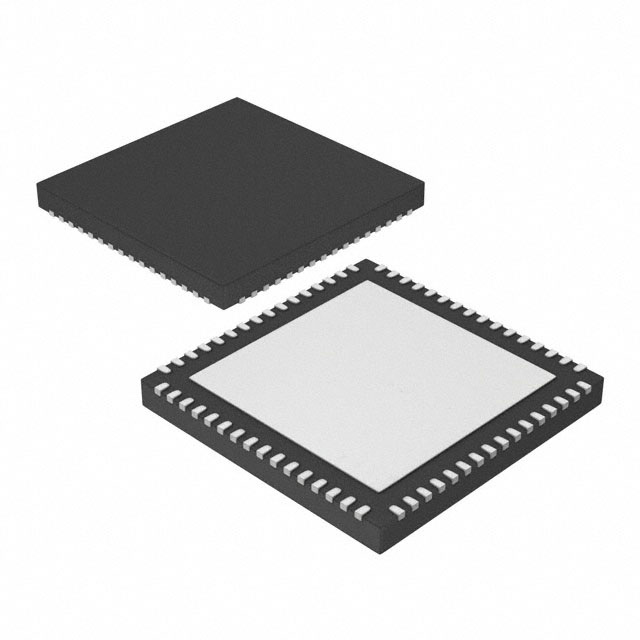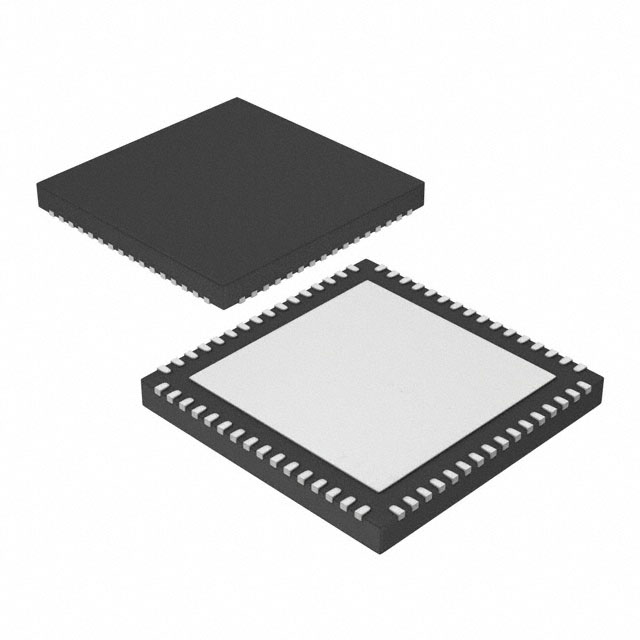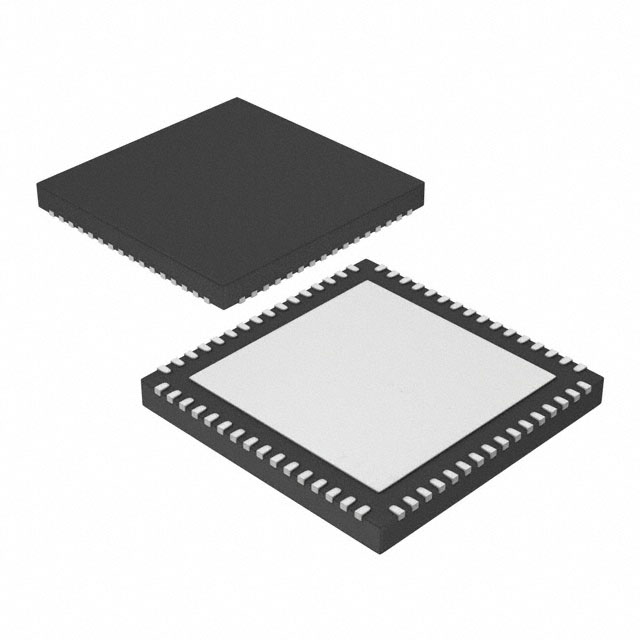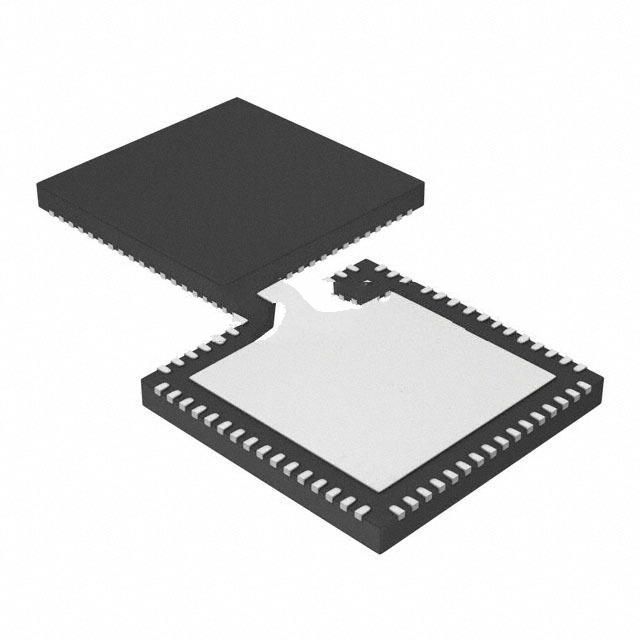ATmega328P-AU: A Powerful and Affordable Microcontroller
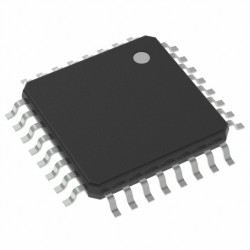
ATmega328P-AU is a widely used 8-bit AVR microcontroller manufactured by Microchip Technology Corporation. Jinftry will introduce ATmega328P-AU features, application fields, and how to use them to realize various electronic projects.
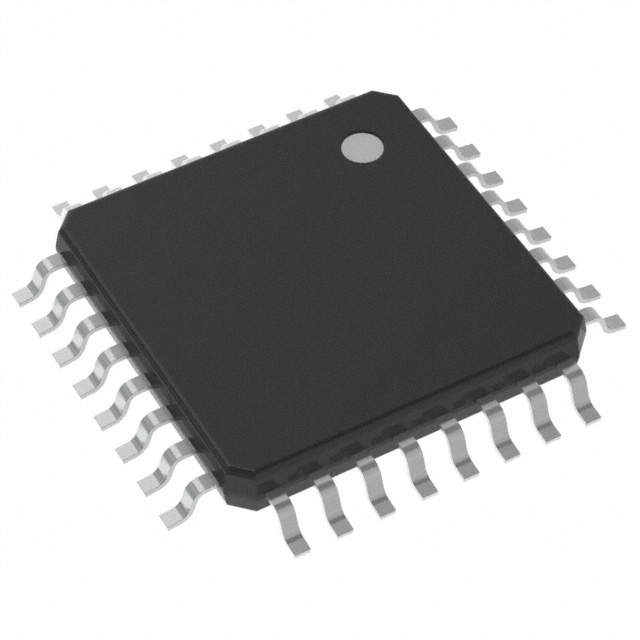
The Datasheet of ATmega328P-AU is an official document that provides detailed technical specifications and functional descriptions of the chip, which can be viewed first.
Features of the ATmega328P-AU
1. 8-bit AVR architecture: ATmega328P-AU adopts 8-bit AVR RISC architecture, which has an efficient instruction set and fast execution speed.
2. 32KB flash memory: ATmega328P-AU built-in 32KB flash memory for storing program code and data.
3. 2KB SRAM: Static random access memory with 2KB for storing variables and temporary data.
4. 1KB EEPROM: Built-in 1KB electronic erasable programmable read-only memory for storing non-volatile data.
5. 23 general-purpose input/output pins: ATmega328P-AU provides 23 programmable digital input/output pins for connecting external devices and sensors.
6. 6-channel 10-bit ADC: Built-in 6 analog input channels and 10-bit precision analog-to-digital converters for measuring analog signals.
7. A variety of communication interfaces: including USART, SPI, and I2C, can realize serial communication with other devices.
8. Low Power Modes: ATmega328P-AU supports multiple low-power modes to extend battery life in battery-powered applications.
9. TQFP package: ATmega328P-AU adopts the TQFP package, which is convenient for welding and layout design.

ATmega328P-AU Arduino Pinout
Application field of ATmega328P-AU
1. Arduino project: ATmega328P-AU is widely used in Arduino projects. As the core chip of Arduino Uno, it provides stable and powerful control capabilities for controlling various sensors, performing tasks, and communicating with other devices.
2. Electronic embedded system: ATmega328P-AU is suitable for electronic embedded systems, such as home automation, industrial control, smart instrument, etc. It is rich input/output pins and communication interfaces make it an ideal choice for designers.
3. Smart Home and IoT: ATmega328P-AU can be used to build a smart home and IoT applications. By connecting sensors and actuators, it can realize the automation control and interconnection of household equipment.
4. Robotics: ATmega328P-AU has a wide range of applications in the field of robotics. Due to its powerful functions and rich peripheral interfaces, it can be used to control tasks such as motion, perception, and decision-making of robots. By connecting drivers, sensors, and communication modules, ATmega328P-AU can realize the robot's autonomous navigation, environment perception, and interaction with external systems.
5. Industrial automation: ATmega328P-AU can be used in the field of industrial automation, such as control systems, monitoring equipment, and data acquisition. It can be used in conjunction with various sensors and actuators to realize the automation and control of industrial production processes.
6. Education and learning: Since ATmega328P-AU is widely used in Arduino development boards, it becomes an ideal choice for education and learning electronic system programming. Students and hobbyists can use ATmega328P-AU to learn programming, circuit design, and the implementation of various electronic projects.
7. Intelligent instruments and measuring equipment: ATmega328P-AU plays an important role in intelligent instruments and measuring equipment. It can be used to control and monitor various parameters, such as temperature, humidity, pressure, light, etc. while transmitting data to a computer or cloud platform for analysis and processing through a communication interface.
Implementing Electronics Projects Using ATmega328P-AU
1. Hardware connection: Use a circuit design tool or a breadboard to connect ATmega328P-AU with other electronic components. Peripherals such as LEDs, buttons, sensors, drivers, etc. can be connected according to project requirements. Make sure to connect the pins correctly for data transfer and control.
2. Programming environment: Choose a programming environment suitable for ATmega328P-AU, such as Arduino IDE. Select the correct board (eg Arduino Uno) and port in the IDE and start coding.
3. Upload code: Upload the written code to ATmega328P-AU through USB or serial port. In the Arduino IDE, select the correct port and click the upload button to burn the code into the chip.
4. Testing and debugging: In the project, testing and debugging are crucial. By monitoring output pins, reading sensor data, and observing the reaction of external devices, you can verify the correctness of the code and make necessary adjustments and fixes. Using devices such as debugging tools and logic analyzers can help you identify and resolve potential problems.
5. Expansion function: ATmega328P-AU has rich expansion capabilities. By using external modules and components, such as LCDs, wireless communication modules, etc., you can add more functionality and interactivity to your projects. Use the communication interface and GPIO pins of ATmega328P-AU to exchange data and control with other devices.
6. Optimize and streamline the code: After completing the initial development, you can optimize and streamline the code to improve performance and efficiency. By reducing memory footprint, optimizing algorithms, and eliminating unnecessary operations, you can make programs more compact and reliable.
7. Documentation and sharing: After completing the project, remember to write documents to record your design ideas, circuit connections, and code descriptions. Not only does this help with your review and review, but also to share your project experience with others.
8. Security and protection: During the design and development process, it is crucial to consider the security and protection of the project. Take necessary measures to protect the ATmega328P-AU and external devices, such as using appropriate power supplies and voltage stabilizers, to prevent damage to the chip from overvoltage or Undervoltage.
9. Advantages and challenges: ATmega328P-AU, as a powerful and affordable microcontroller, has a wide range of applications and rich functions. It is easy to learn and use and has good compatibility. However, due to its limited resources, it may be limited in some high-performance applications. Therefore, when planning and selecting a microcontroller for the project, it is necessary to fully consider the project requirements and the characteristics of the ATmega328P-AU.
10. Write code: Use C/C++ programming language to write program code suitable for ATmega328P-AU. Through programming, you can control various functions of ATmega328P-AU, read sensor data, control external devices, etc. Take advantage of rich library functions to simplify the code-writing process.
Please click to view more ATMEGA328P models
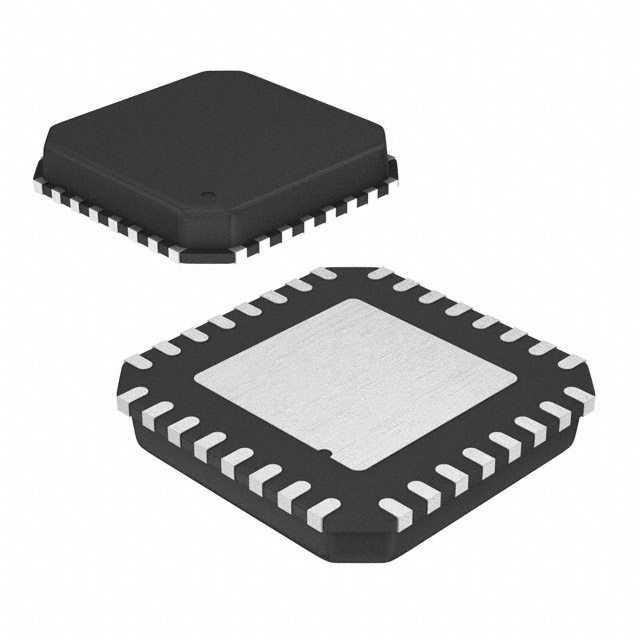
ATMEGA328P-MU
In Conclusion:
ATmega328P-AU is widely used in various electronic projects as a powerful and affordable microcontroller. With the right hardware connections, programming environment, and code writing, you can use the ATmega328P-AU to implement various functions, from simple LED control to complex sensor networks and robotics. Its flexibility and expandability make it the first choice for electronics hobbyists, students, and professional developers.

